In today's fast-paced world, education has adapted to meet the needs of diverse learners, leading to intriguing discussions about eLearning and classroom learning. Both have unique characteristics that cater to different learning styles and preferences. With digital technology's rapid evolution, the way we learn continues to change dramatically. Each system has its own set of advantages and challenges, influencing both students and educators.
Virtual classrooms have become a popular choice, offering flexibility and access to a wealth of resources. On the other hand, traditional classrooms provide structure and face-to-face interactions, fostering a different, sometimes deeper, level of engagement. Understanding these differences can help learners make choices that best suit their educational goals. Let's dive into the nuances of these two educational approaches and explore how technology continues to shape our learning experiences.
- Understanding eLearning
- Exploring Classroom Learning
- Comparing the Benefits and Challenges
- The Role of Technology in Education
Understanding eLearning
eLearning is a method of education that is swiftly gaining popularity around the globe. It refers to the use of electronic media and technologies to facilitate learning outside the traditional classroom setting. The concept has revolutionized the education sector, providing flexibility and personalized experiences to learners of all ages. With the advent of the internet, eLearning platforms have mushroomed, offering courses that range from basic skills to advanced university-level subjects. An interesting fact is that eLearning has been shown to increase knowledge retention rates by 25% to 60%, according to the Research Institute of America. This is attributed to its ability to cater to different learning styles and paces.
One of the remarkable aspects of eLearning is the flexibility it offers. Students can learn at their convenience, fitting their studies around work, family, and other commitments. This adaptability is particularly beneficial in our increasingly busy lives. Another critical advantage is accessibility. Learners from remote or underserved regions can access quality education resources, a feat often unachievable in a conventional classroom setup. However, it requires strong self-discipline and motivation, as the lack of a structured learning environment can be challenging for some students. Educators must also adapt, often needing to acquire new technological skills to facilitate effective eLearning experiences.
The digital nature of eLearning has resulted in a plethora of resources that can enhance the learning experience. Many platforms offer interactive features such as quizzes, discussion threads, and forums that promote engagement. Additionally, digital resources can update quickly to reflect the latest developments in any field, maintaining the relevance of the material taught. As a result, eLearning can sometimes offer more current knowledge than traditional textbooks. Notable platforms like Coursera and edX offer courses developed in collaboration with prestigious universities, ensuring educational quality. However, it's also crucial to be cautious of the credibility of the content and the qualifications of the instructors on some lesser-known platforms.
A report by the Brandon Hall Group highlights, "eLearning requires 40% to 60% less employee time than learning in a traditional classroom setting." This efficiency allows learners to gain necessary skills without significant disruptions to their daily responsibilities, making it an attractive option for adult learners looking to advance their careers. The potential for scalable and efficient learning is a compelling argument for organizations seeking to train large teams globally.
In education, technology is the backbone of eLearning platforms. Advances such as Artificial Intelligence and machine learning bring about personalization aspects previously unimaginable. AI can analyze a student's performance and adapt the course material based on their progress, fostering an individualized learning experience. Moreover, virtual and augmented reality technologies are slowly being integrated, offering immersive learning scenarios that simulate real-world experiences. These innovations continually expand the scope and effectiveness of eLearning. Adopting these cutting-edge tools can significantly enhance the understanding and retention of complex concepts, preparing learners more effectively for real-world application.
The growth of eLearning is undeniable and it suggests a promising future. Educational institutions are increasingly integrating online courses within their curriculum, creating a hybrid model that could become the norm. As technologies evolve, they will undoubtedly shape and redefine the future of learning, making education more inclusive and personalized than ever before. It's exciting to imagine what the next phase of eLearning will bring as it continues to break down barriers and build stronger connections between learners and knowledge worldwide.
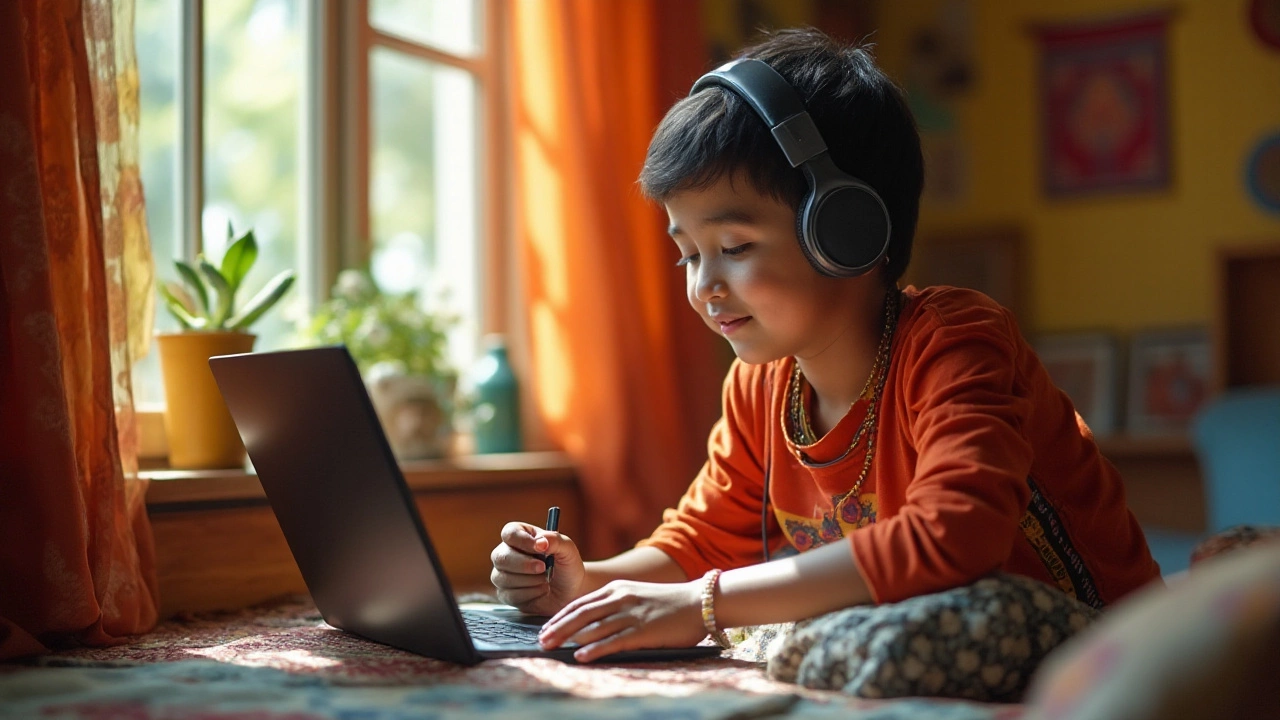
Exploring Classroom Learning
Traditional classroom learning has long been a cornerstone of educational systems worldwide. It's an environment where face-to-face interactions play a vital role in the learning process. In a physical classroom, students have the chance to engage with instructors and peers directly, allowing for immediate feedback and clarification. These in-person interactions can foster a sense of community and collaboration that many learners find motivating. The structure and routine of classroom learning can also be beneficial, providing a consistent framework within which students can progress academically.
Classroom learning isn't just about the acquisition of knowledge; it’s about developing social skills and emotional intelligence. Students often participate in group activities, discussions, and presentations, enhancing their ability to communicate effectively and work as part of a team. It's in these interactions that students learn nuances like body language, tone, and cultural cues, which are essential skills in personal and professional settings. Classroom learning remains invaluable, despite technological advancements, due to these organic, multi-sensory experiences.
“Education is not the filling of a pail, but the lighting of a fire,” remarked the poet William Butler Yeats. This statement resonates profoundly within the traditional classroom setting, where passionate educators can inspire students face-to-face. The immediacy of an instructor’s enthusiasm can kindle a similar fervor for learning in students, something which can sometimes be harder to capture in virtual environments. However, despite these advantages, classroom learning also comes with its challenges, such as limitations in accommodating different learning paces and styles.
Classroom learning traditionally relies on textbooks and physical materials, but these are being supplemented by technological tools like smart boards and tablets. The integration of technology into classrooms provides students with digital literacy skills, essential for navigating today's world. Yet, classroom learning predominantly utilizes a fixed schedule, which doesn't always suit every learner, especially those who juggle responsibilities or have different peak productivity times. Understanding these dynamics is crucial for educators striving to create inclusive and effective learning environments.
Interestingly, a study highlighted that students engaged in traditional classrooms often benefit from higher levels of academic achievement due to structured support and immediate feedback systems in place. However, this is not a universal rule, as various factors such as teaching quality, classroom environment, and student engagement can significantly impact outcomes. Emphasizing the strengths of classroom learning while addressing its limitations can create a more balanced educational landscape that supports all types of learners.
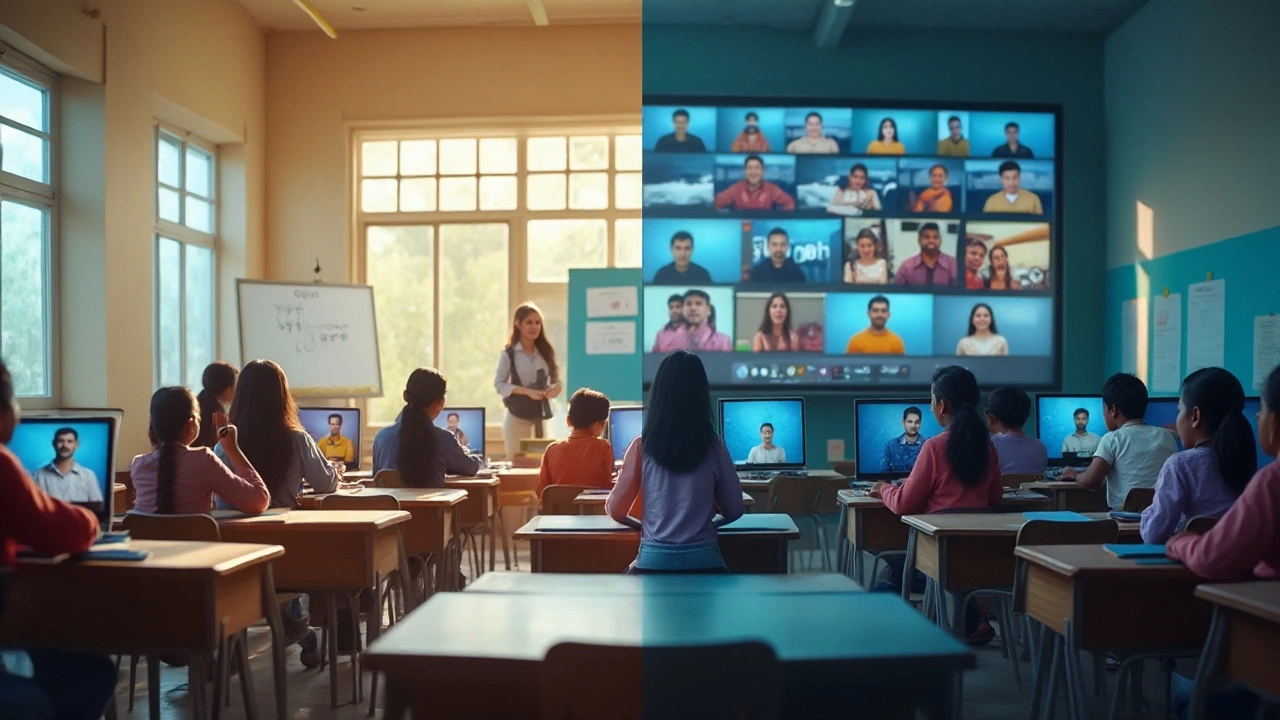
Comparing the Benefits and Challenges
Delving into the contrasting realms of eLearning versus classroom learning offers an opportunity to understand the broader educational landscape. Digital classrooms have surged in popularity due to the unrestricted access to education they provide, connecting learners with acclaimed institutions around the globe without the constraint of geographical boundaries. A pivotal feature of eLearning is its flexibility, accommodating the schedules of working professionals and students alike, allowing them to learn at their own pace. However, this flexibility can sometimes be a double-edged sword, as self-discipline becomes paramount. Without the structured environment of a physical classroom, students may struggle with procrastination and time management.
In contrast, traditional classroom learning delivers a sense of community and direct interaction that many find invaluable. The presence of peers and real-time feedback from teachers often enrich the learning experience, making complex topics easier to understand through immediate discussion and clarification. Physical presence also encourages participation and engagement, something that can be lacking in virtual settings. Yet, classroom learning is not without its drawbacks. Fixed schedules and commuting can be challenging for some, limiting flexibility and sometimes leading to logistical concerns.
A study by the National Center for Education Statistics highlighted that students in hybrid learning environments, which combine both eLearning and classroom elements, often outperform peers in purely traditional or online environments. This blend allows learners to experience the best of both worlds, balancing flexibility with the benefits of face-to-face interaction. However, not all subjects are equally suited to digital formats. Fields that require hands-on practice, like medical studies or art, often find traditional classrooms irreplaceable in providing necessary practical skills.
"The quality of learning is optimized when we leverage the strengths of both modern technology and traditional classroom interactions," notes Dr. Robert Fields, an expert in educational psychology.
Despite these contrasts, the digitalization of education has been bolstered by rapid technological advancements, offering sophisticated tools to simulate real-world scenarios or connect with tutors across the globe. On the other hand, this growing reliance on technology can sometimes exclude learners who lack access to reliable internet or devices. Understanding these benefits and challenges is crucial for students and educators as they navigate their educational journeys, ensuring informed decisions that align with their learning objectives and lifestyle preferences.
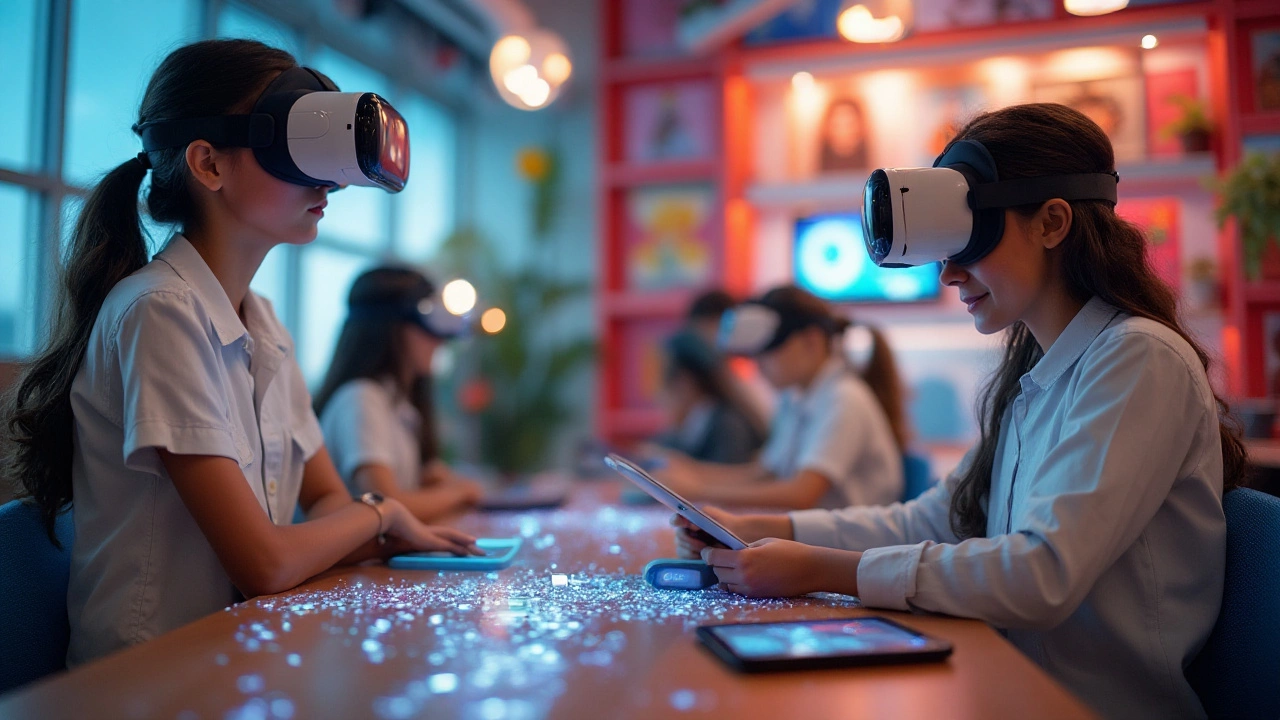
The Role of Technology in Education
The integration of technology in education has transformed the landscape of learning in unprecedented ways. With the advent of the internet and digital devices, educational resources have become more accessible than ever before. Students from every corner of the globe can access courses, lectures, and knowledge tailored to their individual learning styles. This democratization of education is one of the true marvels of our time. Schools and universities now incorporate digital tools to enhance traditional teaching methods, offering a hybrid learning experience that blends the best of both worlds.
One of the most significant advantages technology brings to the table is the flexibility it offers. Learners have the power to design schedules that fit their personal, familial, and professional commitments. This level of convenience is especially beneficial for non-traditional students who juggle multiple responsibilities daily. Moreover, digital platforms provide interactive and engaging content such as videos, simulations, and gamified learning experiences. These elements cater to visual and kinesthetic learners, enhancing their engagement and retention of information.
Technology's role isn't limited to just accessibility and engagement; it also fosters personalized learning. With Artificial Intelligence and Machine Learning algorithms, educational platforms can analyze student performance and adapt content to address individual needs. This personalized approach ensures that learners receive instruction and practice where they need it most, which can significantly boost their progress and confidence. In a traditional setting, a teacher might struggle to cater to the unique needs of every student. However, technology allows for a more tailored educational experience.
Many educational institutions are integrating eLearning elements into their curricula, recognizing the inevitability of technological influence. The concept of blended learning has gained traction, combining aspects of online coursework with face-to-face interactions to provide a comprehensive educational experience. While purely online courses offer the convenience of virtual study, blended learning maintains the benefits of classroom collaboration and real-time discussions, creating a dynamic and flexible education model.
There are still challenges to overcome, such as digital inequality where not all students have equal access to technology. However, efforts are being made by governments and non-profits to bridge this gap through initiatives aimed at providing necessary resources and training for both students and educators. As former U.S. President Barack Obama eloquently put it in a keynote speech,
"We must ensure that the benefits of technology reach everyone, regardless of geography or circumstance. Our progress as a nation depends on it."This aspiration underlines the collective effort required to harness the full potential of technology in education.
The impact of technology on education is measurable. According to a study by the World Economic Forum, countries investing in digital education infrastructure exhibit faster learning pace improvements among students. This transformation is testament to how technology can not only enhance education but redefine it. The pace at which these advancements are occurring suggests that the future of learning will most certainly be an exciting and continual evolution.

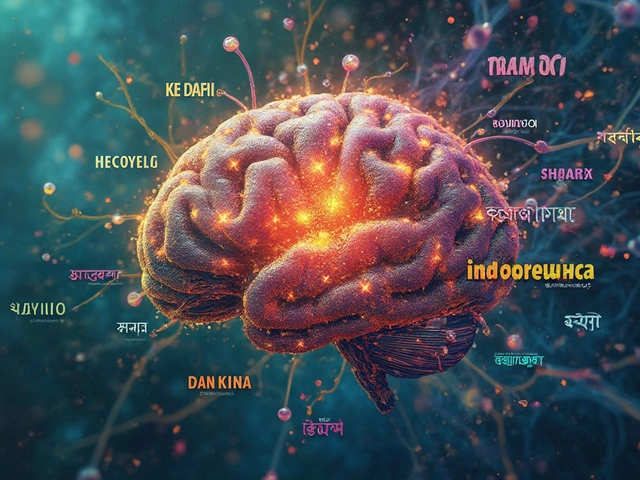



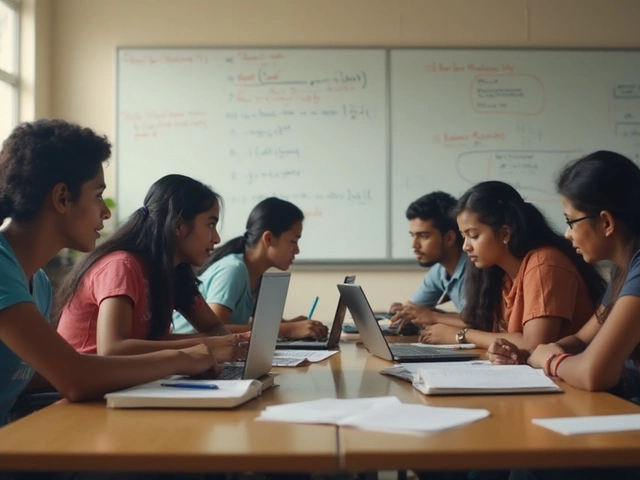
Write a comment: